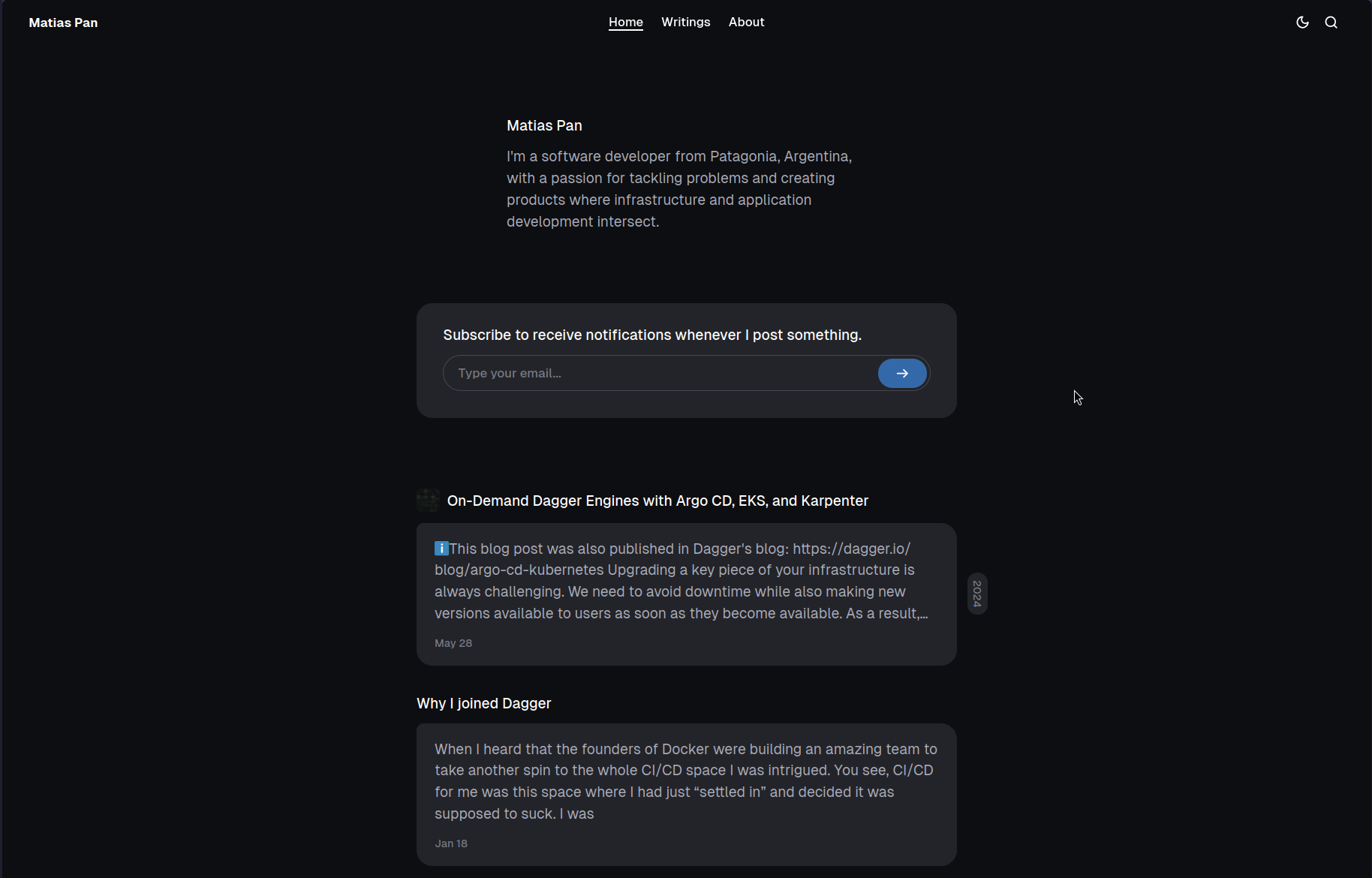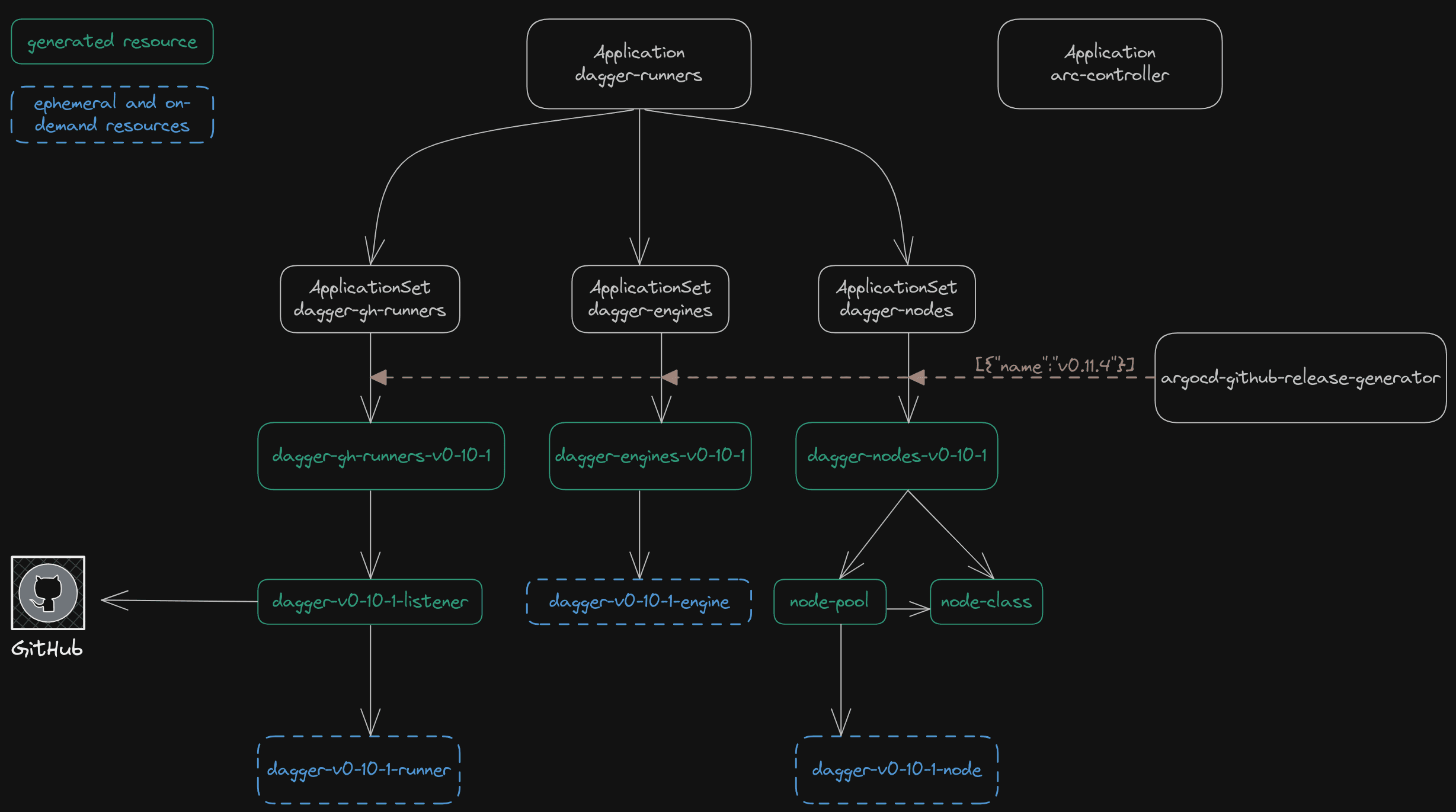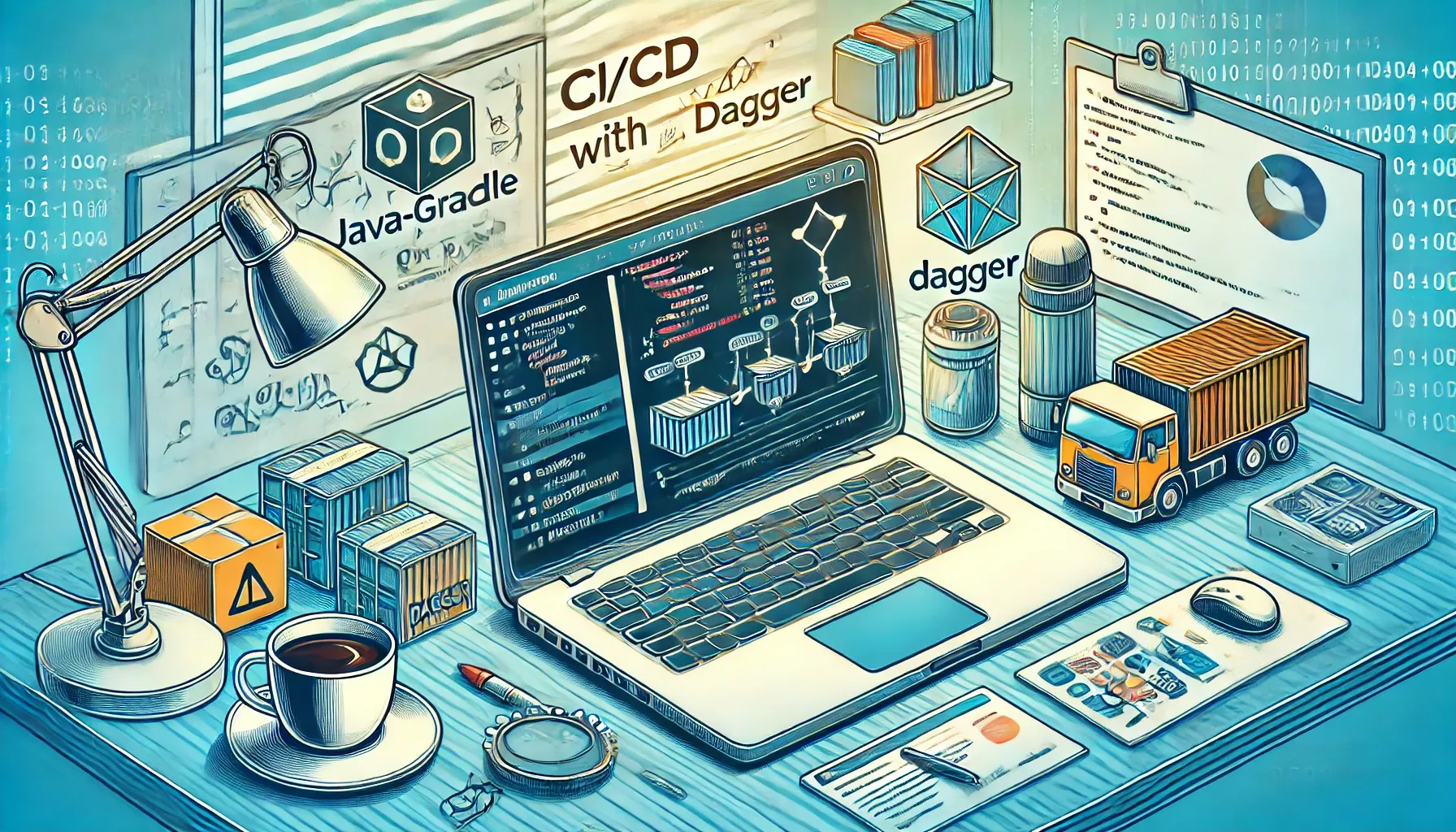CI for me was this thing that it was just supposed to suck and it was supposed to be a pain to work on [...]. It turns out it doesn't have to hurt and it can be fun to work on CI That was my opening line for why
Matias Pan
I'm a software developer from Patagonia, Argentina, with a passion for tackling problems and creating products where infrastructure and application development intersect.
Subscribe to receive notifications whenever I post something.
Please check your inbox and click the confirmation link.I'm a fan of the written word, for both the clarity it brings to the writer as well as the experience the reader gets. In 2018 I published my first blog post, it was quite an exciting process. There is something special about putting your name next to
ℹ️This blog post was also published in Dagger's blog: https://dagger.io/blog/argo-cd-kubernetes Upgrading a key piece of your infrastructure is always challenging. We need to avoid downtime while also making new versions available to users as soon as they become available. As a result, we
When I heard that the founders of Docker were building an amazing team to take another spin to the whole CI/CD space I was intrigued. You see, CI/CD for me was this space where I had just “settled in” and decided it was supposed to suck. I was
This is the second post in a series of blog posts that look at Dagger from different perspectives. In this post we do a deep dive on how to leverage Dagger as a developer that is tasked with implementing the CI process of a Java-Gradle service. In this CI process
Dagger is a new tool that promises to fix the yaml and custom scripts mess that CI/CD currently is by building pipelines as code with one of the supported SDKs. I’m in the process of learning this tool, understanding where it may fall short and where it shines
Lemon Cash is a crypto startup based in Argentina that operates digital wallets, card payments and more. In this blog post I describe how we implemented a solution for provisioning, deploying and operating services that empowers developers to ship more quickly. This solution is not a fully fledged platform but
The code used for this test can be found here. TL;DR: when looking into overall performance and usability, json-iter is the clear winner. It gives roughly a 4x improvement over encoding/json and 1.2x over the second most performant option. It is also extremely easy to use. You
There is a new term in town that has been making its way to all of us for a couple of years now: Serverless. When I first heard this I was kind of confused as to what it meant. Everybody seemed to have an opinion about it but there were
Disclaimer: this blog post is just a port of Adrian’s tutorial at pyimagesearch where he shows how to track a ball using Python and OpenCV. I only changed a few things here and there and rewrote it using Go and GoCV. So all the credit should go to him


